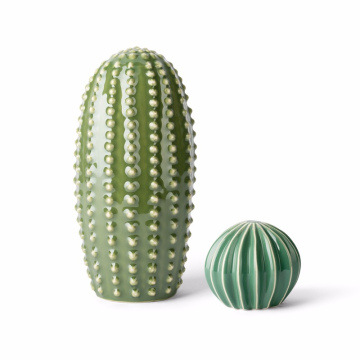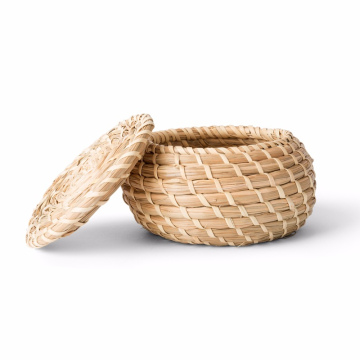The History and Cultural Significance of Sashimi in Japan
Sashimi, a delicacy of thinly sliced raw fish or seafood, holds a revered place in Japanese cuisine. This traditional dish is not only a culinary art form but also a reflection of Japan’s deep-rooted relationship with the sea and its emphasis on freshness, simplicity, and precision.
Historical Background
The origins of sashimi trace back to Japan’s Heian period (794-1185), when people began consuming raw fish with condiments such as soy sauce and wasabi. During this era, Japan developed sophisticated preservation methods, including drying, pickling, and fermenting fish. These techniques were crucial in an era before refrigeration, ensuring seafood remained edible and flavorful. However, it was not until the Edo period (1603-1868) that sashimi, as we recognize it today, gained popularity. With advancements in fishing and transportation, fresh fish became more accessible, leading to an increased consumption of raw seafood.
The term "sashimi" itself means “pierced body,” referring to the practice of skewering fish with a bamboo pin to identify its type and ensure freshness. The technique of slicing fish into delicate, uniform pieces required exceptional knife skills and was passed down through generations of sushi chefs, known as itamae. The hocho (Japanese knife) used in sashimi preparation is an essential tool, with specialized varieties such as yanagiba (long, slender blade for slicing fish) and deba (sturdy knife for filleting fish).
Cultural Sign ificance
Sashimi is deeply embedded in Japanese culinary traditions and is often associated with celebrations, special occasions, and rituals. It is considered the purest way to enjoy seafood, as it allows the natural flavors and textures of the fish to shine without excessive seasoning or cooking. The high quality of sashimi relies on shun, the Japanese concept of seasonality, ensuring that each ingredient is consumed at its peak freshness.
Beyond its gastronomic appeal, sashimi embodies the principles of Japanese aesthetics, including wabi-sabi (appreciation of simplicity and imperfection) and shokunin (craftsmanship and dedication to mastery). The careful presentation of sashimi, often garnished with daikon oroshi (grated radish), shiso leaves, and edible flowers, showcases the chef’s artistry and attention to detail. The act of slicing sashimi is itself a ritual, requiring a precise, single stroke to maintain the integrity of the fish’s texture.
Regional Variations
Different regions of Japan have their own take on sashimi, depending on local seafood availability. In Hokkaido, sake sashimi (salmon) and uni (sea urchin) are popular choices, prized for their rich, buttery texture. In Kyushu, aji sashimi (horse mackerel) and fugu sashimi (pufferfish) are delicacies, often requiring specialized preparation due to the presence of toxins in fugu. The presentation of sashimi varies as well, with some regions favoring tataki-style (lightly seared sashimi) and others embracing ikizukuri, where the fish is prepared immediately after being caught to maximize freshness.
Modern Influence and Global Reach
Today, sashimi has gained international recognition, influencing global cuisine and fine dining experiences. It has inspired adaptations in Western culinary scenes, where chefs experiment with fusion flavors and alternative protein sources like beef, tofu, or even fruit-based sashimi. The omakase dining experience, where diners entrust the chef to serve the freshest selections of sashimi, has become a sought-after gastronomic journey worldwide. However, traditional Japanese sashimi remains a revered culinary art, upheld by skilled itamae who dedicate years to mastering the craft, from selecting the freshest seafood to executing precise knife techniques.
Conclusion
Sashimi is more than just a dish—it is a testament to Japan’s cultural heritage, precision, and reverence for nature’s bounty. Its enduring popularity both in Japan and globally underscores its timeless appeal and significance in the world of gastronomy. As sashimi continues to evolve, its roots in tradition and craftsmanship ensure its place as one of the most respected and celebrated culinary practices in Japanese cuisine.





